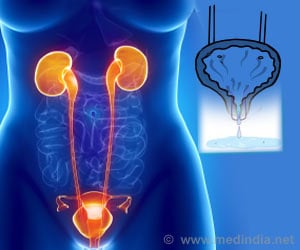Minority patients are less likely to receive analgesic medications for abdominal pain at US emergency departments (EDs).

‘Minorities experience significant disparities with regard to the receipt of analgesic medications for abdominal pain during emergency department visit. Black and Hispanic patients experienced prolonged ED lengths of stay and were less likely to be hospitalized for their ailments.’





The study included data on more than 6,700 adult patients with nontraumatic acute abdominal pain, seen at 350 US EDs between 2006 and 2010. Drawn from the Centers for Disease Control and Prevention's National Hospital Ambulatory Medical Care Survey, the sample represented more than 25 million visits to 4,700 EDs nationwide. About 61% of the patients were (non-Hispanic) white, 20% black, 14 percent Hispanic, and 5% of other racial/ethnic groups. Rates of analgesic (pain-relieving) medication use were compared among racial/ethnic groups; the study also accounted for differences in patient and hospital characteristics.
Overall, white patients were most likely to receive any analgesic medication- 57%, compared to 53% for Hispanic patients, 51% for black patients, and 47% for those of other racial/ethnic groups. White patients were more likely to receive narcotic analgesic drugs than black patients, despite similar rates of severe pain.
After adjustment for other factors, patients of minority race/ethnicity were 22-30% less likely to receive any analgesic medication, and 17-30% less likely to receive narcotic analgesics (relative to white patients). Minority patients also had longer ED waiting times, were more likely to remain in the ED for a prolonged period, and were less likely to be admitted to the hospital.
On analysis of hospital factors, the discrepancies were concentrated in hospitals that served the largest percentage of minority patients and the largest proportion of patients with severe pain. Black patients at these hospitals were at particularly high risk of inadequate treatment for pain.
Advertisement
Dr. Haider and coauthors concluded, "Our findings indicate that disparities in healthcare delivery continue to represent an area of important concern. It is essential that we as a medical community work to ensure that every patient receive unbiased empathy and the highest standard of care, regardless of his/her racial heritage."
Advertisement












